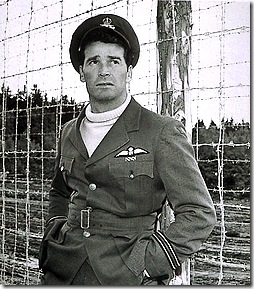 The other day I was in one of the better shops, and my non fly tying buddy asked me why the Whiting neck was $85 and the J. Fair Saddle was only $20. My explanation was overheard by the smiling fellow behind the counter and he stopped to correct me, “ there’s over 30 years of genetics in J. Fair chickens … “
The other day I was in one of the better shops, and my non fly tying buddy asked me why the Whiting neck was $85 and the J. Fair Saddle was only $20. My explanation was overheard by the smiling fellow behind the counter and he stopped to correct me, “ there’s over 30 years of genetics in J. Fair chickens … “
With my best devilish grin I exclaim, “really? Is that more or less than Foster Farms?”
I was expecting an answering chuckle, but all I got was a furrowed brow and “… will that be Mastercard or Visa?”
We had good reason for our unwavering loyalty to the local fly shop, it being a niche sport and offering a marginal income for both owner and staff. Prices were often higher than the big stores, but there was value in convenience and speed, the ability to run over at lunch to resupply our dwindling pink hackle.
Being a regular had benefits. Usually small; the ability to help yourself to coffee from the stained pot, be the first to paw through the Metz or Hoffman shipment before it went onto the shelves, or to just stand around jawboning with kindred spirits and the owner.
Shops were intensely individual in those days, the mixture of staff, expertise, and brands gave each store unique talents and inventory, but what really distinguished one from the other was their “stockroom animal” and his ability to conjure rarities on a whim.
“Animal” was the guy that could produce anything given enough time, and if you were on first-name-basis you got access to items you’d read about in books – fabled stuff that you’d never seen, always wanted to own, and carried a prison term if caught.
The fly tying section was a mirror of his personality and preferences. It contained what everyone else had, but had Grizzly necks dyed for the local specialty patterns, the occasional uncommon brand of hook because he swore by them, and rarer colors of the standard fare geared to local flies and nearby watersheds.
When the discussion turned to seal substitutes, he’d produce the real thing so you could judge yourself whether Sealex was better than Angora goat. And while visions of sugarplums increased with your proximity to rare exotics, he’d regale you with tales when substitution was unnecessary, as the real thing was cheap and commonplace.
He used his powers to assist in your quest for greed and avarice. He knew the fellow managing the plucking service at the pheasant club, where the pen raised birds had tails of brown and purple, the whole tail and not just the edges…
His minions pillaged the feathers from the gut pile at the bird refuge, yielding bronze mallard, blue winged teal, gadwall, and sprig – whose tips were intact and feathers oily, resilient and well marked.
He was the Scrounger, aka James Garner in the Great Escape, possessed with a web of contacts and shadowy pals that fed a steady stream of hard to find, high quality, and dripping treasures into your hands.
Every shop had one, and we gladly went out of our way to high grade what each was best at – be it elk hair from Montana, Metz and Hoffman capes, or hand dyed materials whose colors you couldn’t find anywhere else. We gladly paid the price as our loyalty was repaid in kind.
It has been one of the most sacred tenets of fly fishing, unflinching support for the local shop, coupled with dropping a double sawbuck on consumables at the destination equivalent, ensuring both remained afloat.
But Animal is gone, along with the coffee pots, the custom materials, and the table where regulars held court.
In their place is the plain and vanilla. Pegboards with tidy little rows of glassine bags each emblazoned not with the shop name but the out of state jobber who sells it. The rarities left with the animal, whose position filled by a retiree or fresh faced youth that are interchangeable with neighboring shops, as they look like each other, act like each other, and offer little to distinguish one retail experience from another.
The backroom is well lit, the linoleum swept and sterile – and the treasures they once contained are long gone.
The underpinnings of the entire support-your-local-shop idea has always been based on their merit and uniqueness, the quality of their service, the hale fellow well met, and the fellow in the back room and his legendary horde.
When the Internet absolved us of sales tax, yielding an immediate 6% – 8% savings, we were in a horrible quandary and our loyalties divided. A Sage rod or Hardy reel was the same in California as it was in New York, and unlike a chicken neck you didn’t have to inspect it to select the best one. Merely pressing a cheek against the glass was enough to determine the size needed – and the search for the best price a paltry two clicks distant.
It’s time to reevaluate our loyalties and ensure our continued support is warranted. With UPS and FedEx a couple days away, is a Wapsi or Spirit River pack of tungsten beads really worth the extra expense?
I no longer think so.
I will always support the destination shops, as they provide the hard fishing intel as part of the purchase. Where are they, what should I use, when should I fish, is a component of that value-add and lost individualism. The destination shop with their proximity to fish and constrained by short seasons are largely unchanged and worthy of my diminished dollar, my shortened vacation schedule, as they continue to provide value beyond the simple sale.
The local shops are another matter. Many have slipped into that “Big Box feel” in their uniformity and inventory, and their staff are no longer memorable enough to distinguish one shop from another.
Most are too neatly coifed to make me feel at home. The surroundings sterile and businesslike belying the earthiness of the sport. No one cursing or sweating over a balky reel, and no coffee stains from the forgetful fellow that parted his hands to show how big the fish was – and forgot the mug they held.
I don’t feel I should linger, and when the coffee pot left, so did the sweaty welcoming crowd that knew me by name.
The animal could tell me things about feathers that I never suspected, stemming from a couple of decades dyeing, grooming, bending them to his will, or haggling over them. With him went the odd merchandise as well as the connection to the local materials and merchants.
Whatever the jobber sells comprises most shops entire color spectrum, and despite hot pink being the money fly for local fish, an out of state vendor dyes and stocks what’s in demand from all their distributors and doesn’t cater to local demand.
Fly selections are in similar shape. Where once they reflected a blend of local talent and offshore volume, now they’re delivered by jobbers and largely uniform. Managing local tiers is nightmarish, what with the drain on materials supplied and with delivery always in doubt. The presence of those flies assisted in differentiating the selection, customizing it to local conditions and utilizing the talents of local anglers.
Those locally tied flies were just as important as the custom materials, they drew the non-tying angler just as the fly tying materials drew me – out of my way and in proximity to the register.
The Elk Hair Caddis purchased at the Cabela’s Superstore, Orvis showroom, or my local shop are all tied by the same hands, why shouldn’t I seek the best price?
There are plenty of skilled fishermen, and even more skilled customers, making it incumbent that sales advice and council walks a razor’s edge lest it appear strident and opinionated – and risk offence. A fly shop isn’t Home Depot, where the cute orange vest and name tag makes you a plumber.
The old days and older ways weren’t better, just different. It was appropriate to insert formal business plans and professionalism, just to slow the hemorrhaging of shops started with the best of intentions, and little head for business.
But professionalism didn’t need to eliminate customer value, or chill what used to be our only outlet for “girl” shopping; where we poked, prodded and flexed, daydreaming that we possessed the disposable cash to own one.
Tighten the operations, introduce the concept of business plan and mission, use the broadening base of the Internet to expand sales beyond the township, and insert a capable manager, rather than a hopeful and underfunded owner.
The coffee pot and table consumed aisle space but translated into long term loyalties and longer term dollars. It gave the shop a welcoming and palpable presence – something that assisted us in husbanding our precious funds and ignoring the brusque big box experience and their savings, from our longer term allegiance and support for the little guy.
Instead we have successful yet chill commerce, a polite greeting when we enter, and a farewell when we exit, and damn little betwixt the two.
… and while I’m happy to refresh my tippet each season, picking up some thread or minor item needed, it’s the Internet that receives the bulk of my purchases, reward for those nimble enough to exploit technology.
Certainly, it’s impersonal, but the UPS driver always greets me by name.
Test – the big box small fly shop, Internet, Elk hair caddis, Wapsi, Spirit River, J Fair, fly tying materials, fly tying animal, Cabela’s, Orvis, Sage, Hardy reel

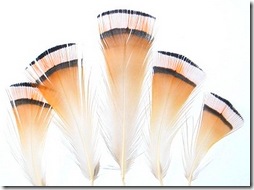 The only way I can figure it is there must be two demographics for fly fishermen; the starry eyed fellow that approaches the counter with an eight hundred dollar rod and asks, “what else do I need?”
The only way I can figure it is there must be two demographics for fly fishermen; the starry eyed fellow that approaches the counter with an eight hundred dollar rod and asks, “what else do I need?”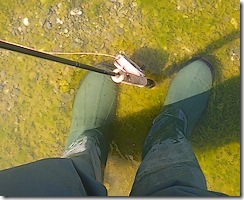 August colds lack the trappings of their wintertime cousins, luring a fellow out of bed prematurely so he can wheeze and wilt under summer’s heat.
August colds lack the trappings of their wintertime cousins, luring a fellow out of bed prematurely so he can wheeze and wilt under summer’s heat.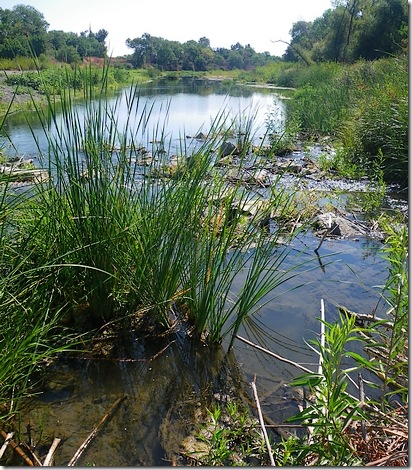

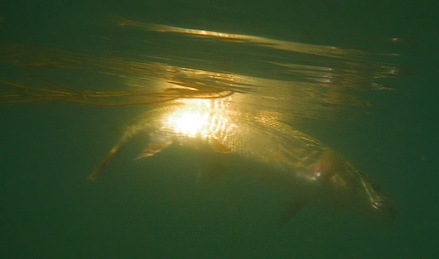
 Paris Hilton has anglers backpedaling in a tizzy with her recent confession that she adores fishing ..
Paris Hilton has anglers backpedaling in a tizzy with her recent confession that she adores fishing ..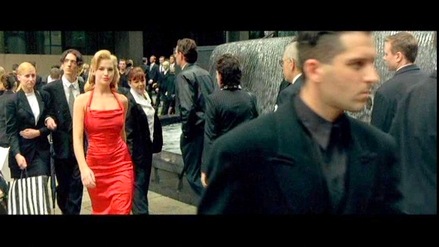
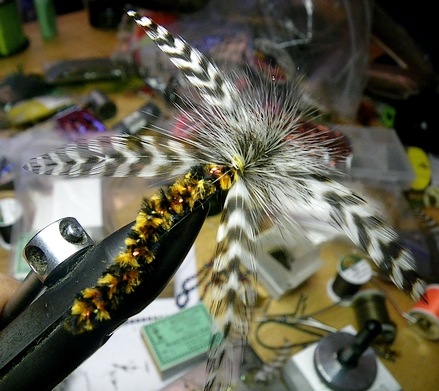
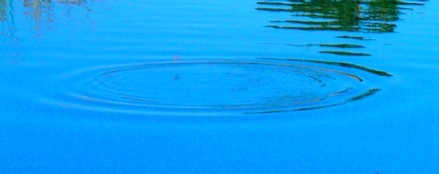
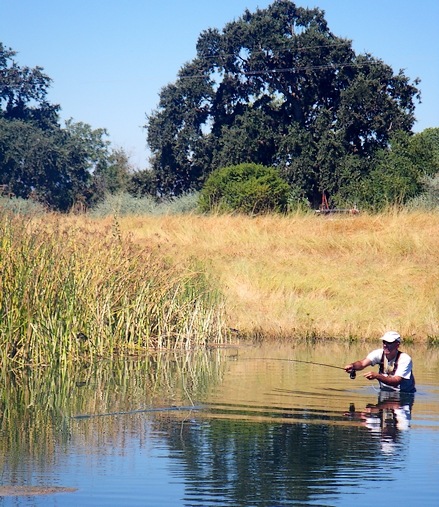
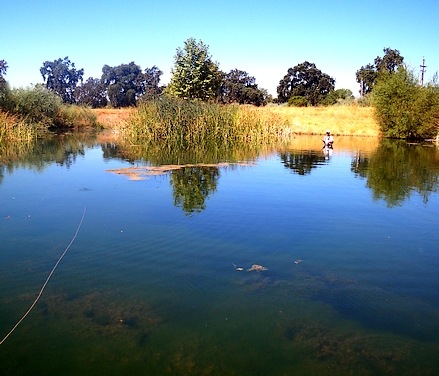
 I stumbled across a
I stumbled across a 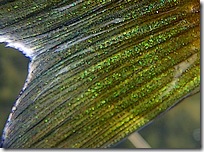 The only thing in short supply this year has been success. It’s part and parcel of a “too” year; where everything is too cold, too high, too soon, and then suddenly it’s too late.
The only thing in short supply this year has been success. It’s part and parcel of a “too” year; where everything is too cold, too high, too soon, and then suddenly it’s too late.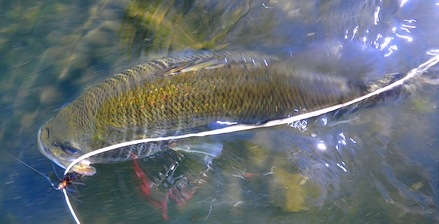
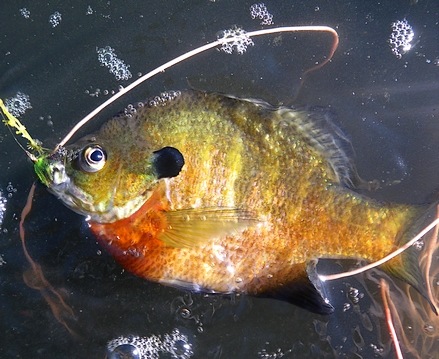
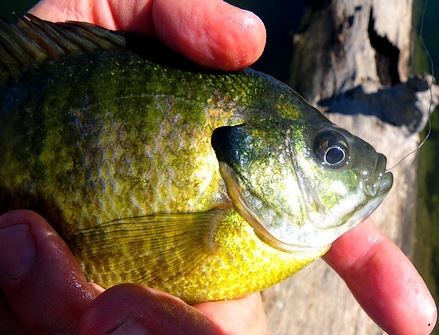
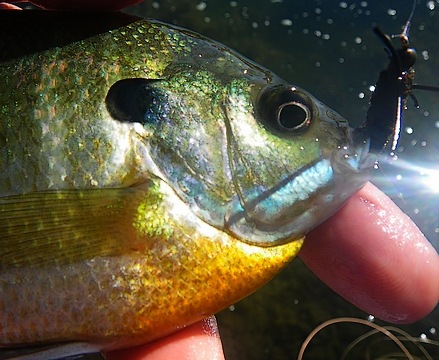
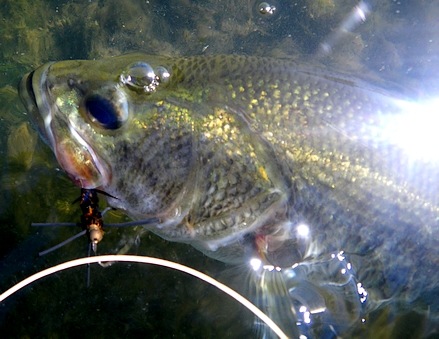
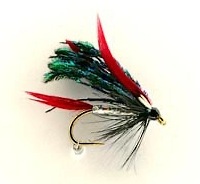 Next time some old codger tells you, “they was thick as flies, big ones, not that little crap what’s in there now” … rather than nodding respectfully you can just backhand the old gasbag …
Next time some old codger tells you, “they was thick as flies, big ones, not that little crap what’s in there now” … rather than nodding respectfully you can just backhand the old gasbag …